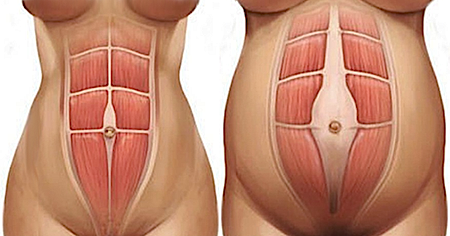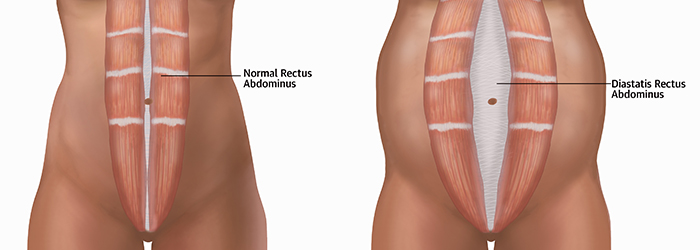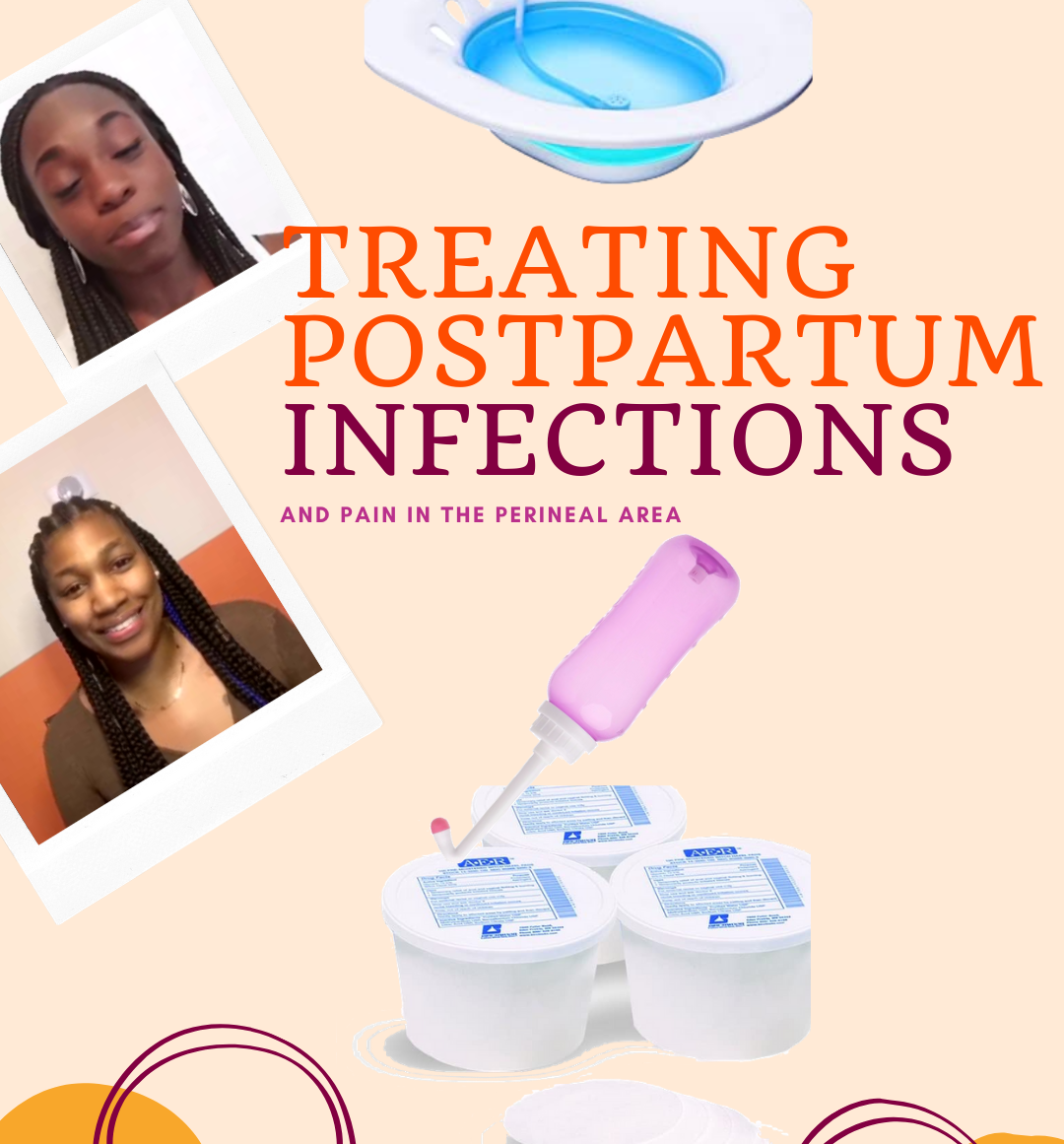
Why Is My Tummy Bulging? Everything You Need To Know About Diastasis Recti!
Diastasis recti, also known as DRAM or abdominal separation, is a common occurrence during pregnancy and in the post-natal recovery period.
What is Diastasis Recti?
Diastasis recti happen when the midline of the abdominals starts to stretch, causing a separation where your abdominal muscles should meet. The increasing weight during pregnancy combined with hormonal changes and altered posture can increase the load on the abdominal wall and result in stretching of the linea alba.
The linea alba is the connective tissue that connects the rectus abdominus muscles (the 6 pack) into the midline of the tummy and once stretched can cause a bulging/doming appearance of the tummy.
Having diastasis recti can disrupt the transfer of pressure through the abdominal canister and result in issues such as low back pain, hernia, incontinence, or prolapse.
Abdominal separations wider than 2 fingers are considered abnormal.
However it is not just the width of the linea alba that we are concerned about, the depth of the separation is important as well as how the core muscles are functioning under load.
Some women are aware of this separation during their pregnancy, however, most don’t realize it until after birth.

How will I know if I have abdominal separation?
- Generally, belly bulge or doming appearance of the tummy
- Low back or pelvic pain
- Pelvic floor weakness ie. incontinence
- The feeling of “core” weakness
What can I do to fix it?
- Strengthen your pelvic floor and deep abdominals (transverses abdominus)
- Wear compression garments over the abdomen. Tubigrip bandages or maternity compression garments should be available at most physiotherapy practices
- Practice good posture. You should be upright and tall, with a small curve in your lower back. Your ribs should sit on top of your pelvis. Make sure you don’t have an excessive sway in the lower back and try not to push your hips forward.
What should I avoid?
- Sit up type motions ie. when getting out of bed. Try rolling to the side and then pushing up as a safer alternative.
- Constipation and straining on the toilet
- Heavy lifting
- Crunches or planks
If you think you might have abdominal separation, book in to see your local women’s health physiotherapist for a thorough assessment and management to ensure you prevent worsening during pregnancy and make a full recovery after birth.
xo Physio Laura
Author: My name is Laura Callea, aka Physio Laura. I am a women’s health physiotherapist who is passionate about working with pregnant and postpartum women to help them stay strong and healthy throughout the motherhood journey.
Facebook: facebook.com/physiolaura Instagram: @physiolaura Website: www.physiolaura.com
Join us over at the PB Moms Exclusive Circle, where we invite healthcare experts to prepare us for life after childbirth and motherhood. Go to: pregnancybeyond.com/exclusive-circle.
Follow PregnancyBeyond on Instagram, Facebook, and Twitter.




